Abstract
A trend in vegetable production in Somalia is that tomatoes occupy a by far the most important position. According to data from 2022, tomato cultivation yield was the highest at 1.46t/ha, indicating high productivity compared to other vegetables. The high production of tomatoes may reflect their importance in the country’s food culture and their high market demand. Additionally, Somalia has many dry regions, and as irrigation facilities are being developed, tomatoes are being chosen as a water-efficient crop, which is likely contributing to the increase in production. Regarding land use, tomatoes are a crop that can be highly productive on a relatively small area, so it appears that efficient cultivation is being carried out on limited farmland. On the other hand, the production volume of other vegetables varies depending on the climate and soil conditions, and it appears that there are few crops that produce yields as consistently high as tomatoes. In terms of tomato production volume by use, demand for tomatoes for eating is the highest, so it is predicted that most of them will be distributed to the market. This shows that tomato cultivation has a strong commercial aspect and is an important source of income for farmers.
Production(yield(by vegetable))
A notable feature of vegetable production in Somalia is that tomatoes recorded the highest production volume between 1990 and 2022. In 2012, tomato cultivation yield reached 1.54t/ha, the peak for this period. However, current tomato production has fallen to 94.4% of its peak, and this decline may be due to factors such as climate change, a lack of irrigation infrastructure, and slow adoption of agricultural technologies. Tomato production peaked in 2012, a period of relative stability for agriculture in Somalia, but the subsequent yearly declines are likely due to the country’s unstable socio-political situation and fluctuating weather conditions. In particular, frequent extreme weather events such as droughts and floods are likely to have had a negative impact on production. On the other hand, the production volume of vegetables other than tomatoes is relatively stable or showing a slight increase, which indicates that the production of other crops is becoming more diverse. These fluctuations in production volume are the background to the need to strengthen agricultural policies and support, and efforts toward future improvements are important.
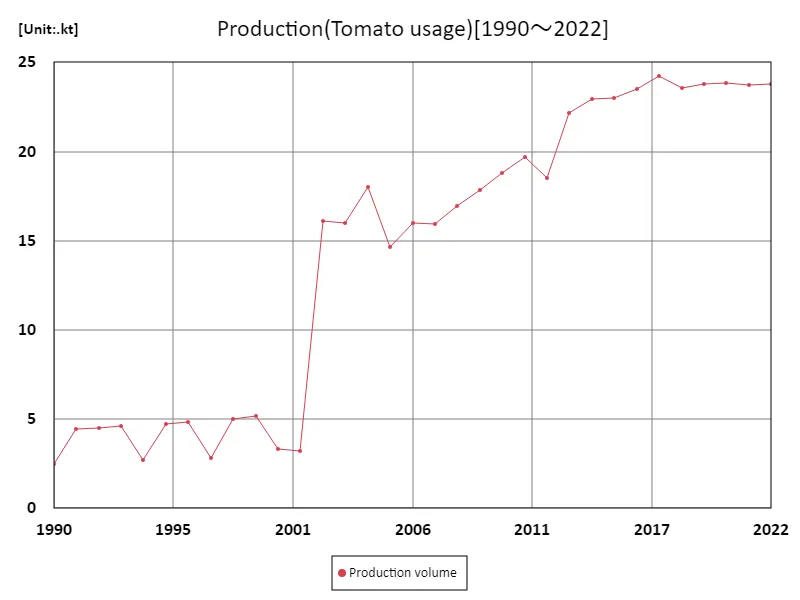

The maximum is 24.2kt[2017] of Production volume, and the current value is about 98.2%
Yield(by vegetable)
Tomato yield in vegetable production in Somalia shows significant fluctuations between 1990 and 2022. In particular, the tomato production volume of 1.54 t/ha recorded in 2012 was the highest ever recorded at the peak, suggesting that tomatoes were positioned as an important crop in domestic agriculture during this period. However, production volume has been declining since then, and currently stands at only 94.4% of its peak. Possible reasons for this decline include climate change, lack of water resources, and underdeveloped agricultural infrastructure. Somalia has vast arid regions, and the lack of irrigation facilities in particular is a constraint on the sustainable growth of tomato cultivation. In addition, droughts and abnormal weather have had a major impact on agriculture, which is likely reflected in production volumes. Furthermore, political instability also has a negative impact on agricultural production, slowing down progress in agricultural efficiency and technological innovation. Nevertheless, tomatoes remain in high demand in the domestic market and due to their high commercial value, they remain an important source of income for farmers. In the future, if irrigation techniques improve and measures to adapt to climate change progress, there is a possibility that productivity will be restored.
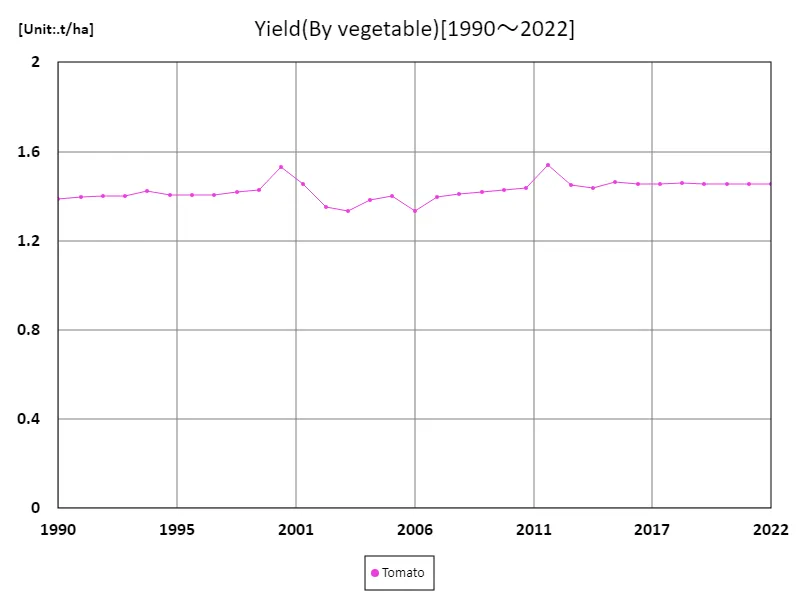

The maximum is 1.54t/ha[2012] of Tomato, and the current value is about 94.4%
Land use (by vegetables)
Data for 2022 shows that tomato is by far the most important crop in vegetable land use in Somalia, with a land use area of 16.3 kha (thousand hectares). This area coincides with the maximum, average and total vegetable production for the whole of Somalia, indicating that tomatoes play a central role in the country’s agriculture. The high land use area of tomato reflects the commercial importance of its production. In Somalia, tomatoes are in high demand in the domestic market and in some export destinations, so many farmers specialize in growing them and they are a highly profitable crop that has been prioritized for cultivation. Additionally, tomatoes are more adaptable to moisture and soil conditions than other crops, and can be grown relatively efficiently with the introduction of irrigation technology, which is also thought to contribute to the intensive use of land. On the other hand, such a large area of land cultivated with tomatoes also poses the risk that Somalia’s agriculture is too dependent on one crop. The risks of tomato monoculture may increase in the face of climate change and uncertain water management. Therefore, agricultural diversification and the introduction of sustainable agricultural techniques will be challenges in the future.
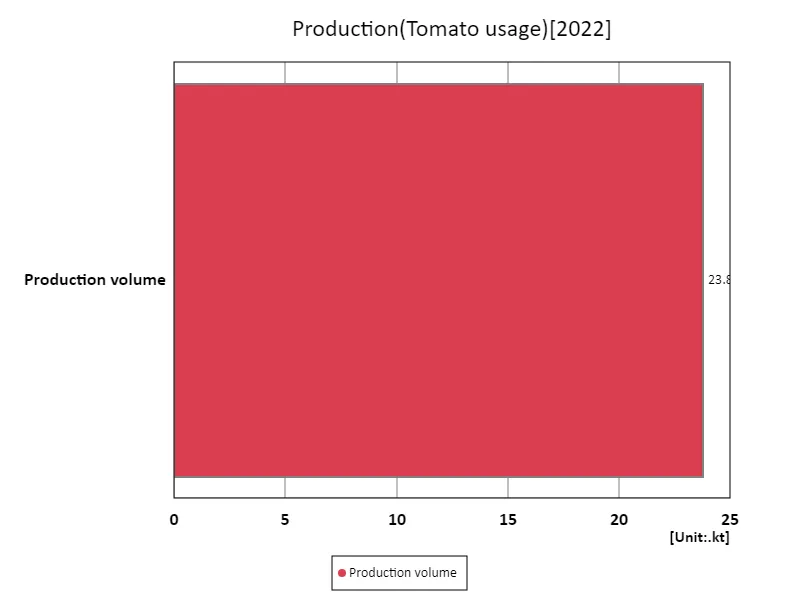

The maximum is 23.8kt of Production volume, the average is 23.8kt, and the total is 23.8kt
Tomato usage
According to data from 1990, the amount of tomatoes produced in Somalia by use was 24.2 kt (thousand tons), the highest figure at that time. Tomato plays a vital role in Somalia’s agriculture and the high production volumes recorded this year reflects increasing domestic market and consumer demand. Tomatoes are widely consumed as food, and are also used in the form of sauces, processed products, dried tomatoes, etc., so it is likely that there was high demand for a variety of uses. Additionally, 1990 was a time when agriculture in Somalia was relatively stable, and agricultural infrastructure may have been well developed. This was a factor in maximizing tomato production, and it is believed that the development of irrigation facilities and the introduction of efficient cultivation techniques also contributed to the improvement of productivity. The tomato is a versatile crop that is an important part of our food supply and has great commercial value. However, subsequent socio-political instability in Somalia and climate change may have made it difficult to maintain production levels. It is unclear whether current production volumes will ever match those at their peak, but tomato production for specific uses is expected to continue to grow as an important industry.
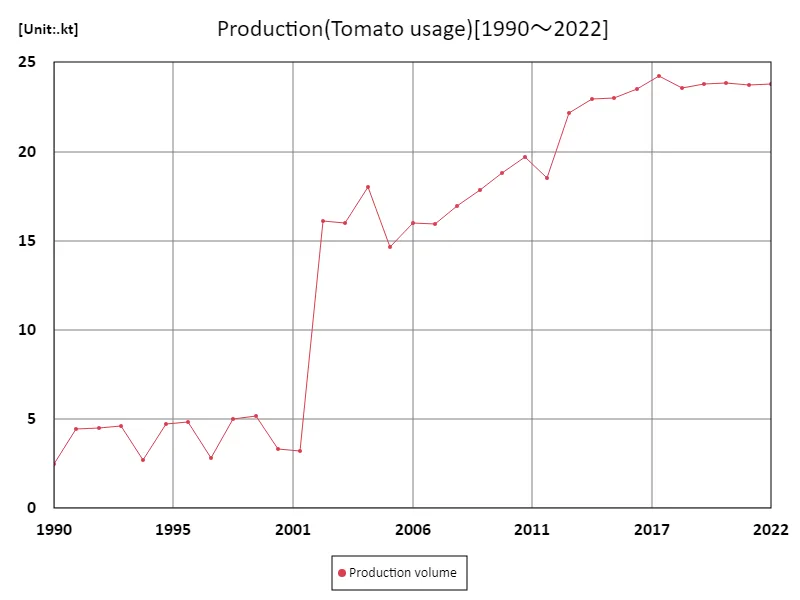

The maximum is 24.2kt[2017] of Production volume, and the current value is about 98.2%
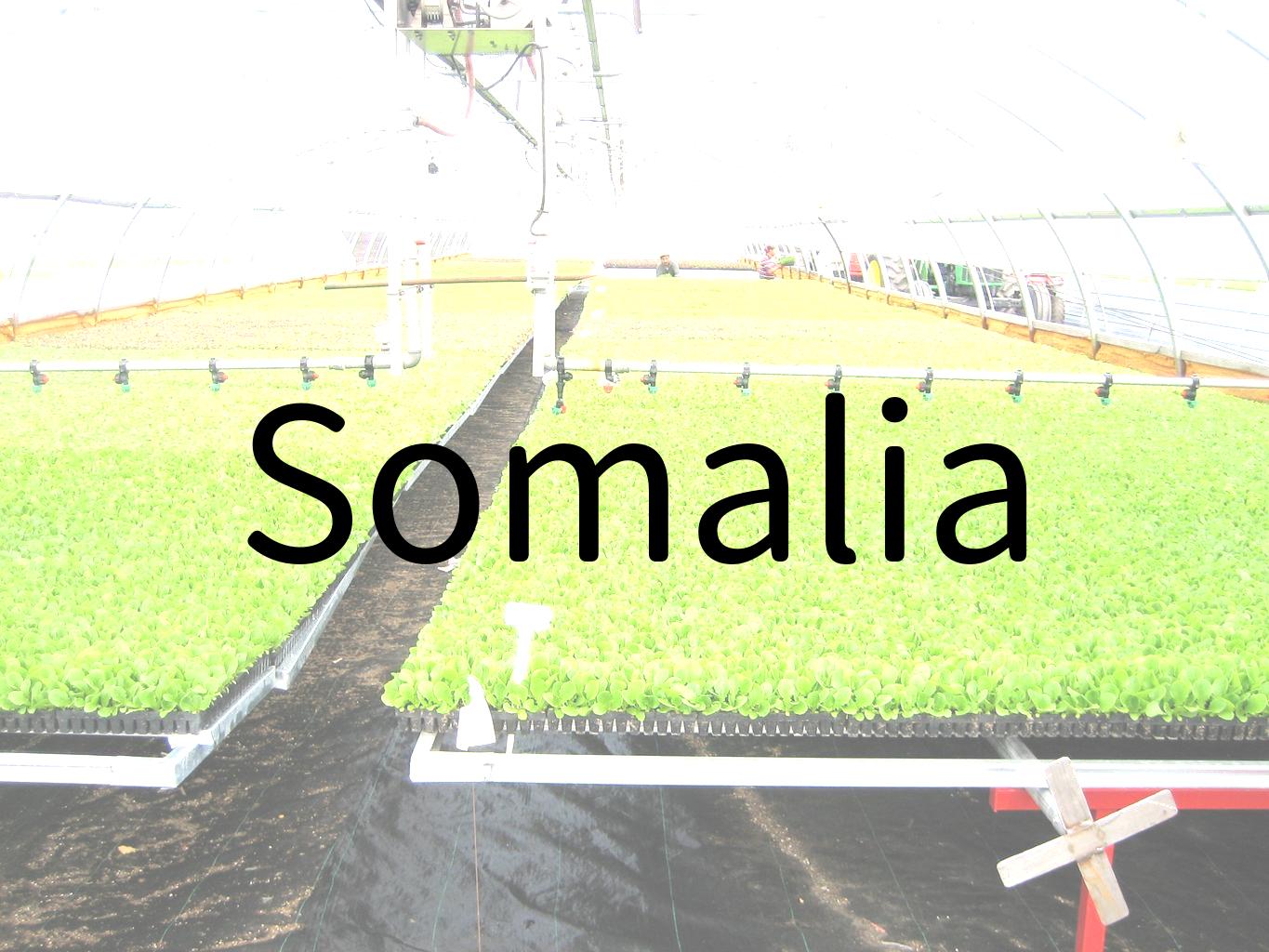


Comments